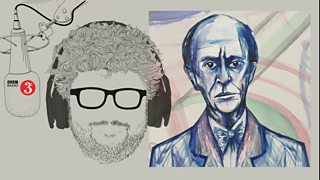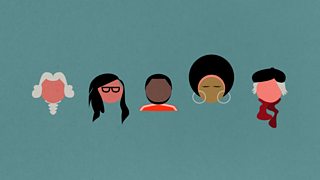The Listening Service Extra 3 of 12 - Dissonance
Tom explores what Schoenberg meant by the dissonance and how he broke free from tonality.
Tom explores what Schoenberg meant by the dissonance and how he broke free from tonality in his music.
âContemporary music has taken advantage of my adventurous use of dissonances. Let us not forget that I came to that gradually, as a result of a convincing development, which enabled me to establish the law of the emancipation of the dissonance, which I mentioned before already, according to which the comprehensibility of the dissonance is considered tantamount to the comprehensibility of the consonance. I do not say the dissonance is the same as the consonance. I say the comprehensibility of both is tantamount. Thus, dissonances need not be a spicy addition to dull sounds. They are natural and logic substantiation of an organism. And this organism lives as vitally on its phrases, rhythms, motives and also melodies, as ever before.'
- Arnold Schoenberg 1949
Archive audio and photos with kind permission of Arnold Schönberg Center, Wien
Featured in...
![]()
12 ways of listening to Schoenberg's journey to serial music—The Listening Service
The Listening Service meets the Second Viennese School.
Why do we call it 'classical' music?
Tom Service poses a very simple question (with a not-so-simple answer).
Six of the world's most extreme voices
From babies to Mongolian throat singers: whose voice is the most extreme of all?
How did the number 12 revolutionise music?
Why are we all addicted to bass?
Watch the animations
Join Tom Service on a musical journey through beginnings, repetition and bass lines.
When does noise become music?
We like to think we can separate ânoiseâ from âmusicâ, but is it that simple?
Podcast
-
![]()
The Listening Service
An odyssey through the musical universe, presented by Tom Service





